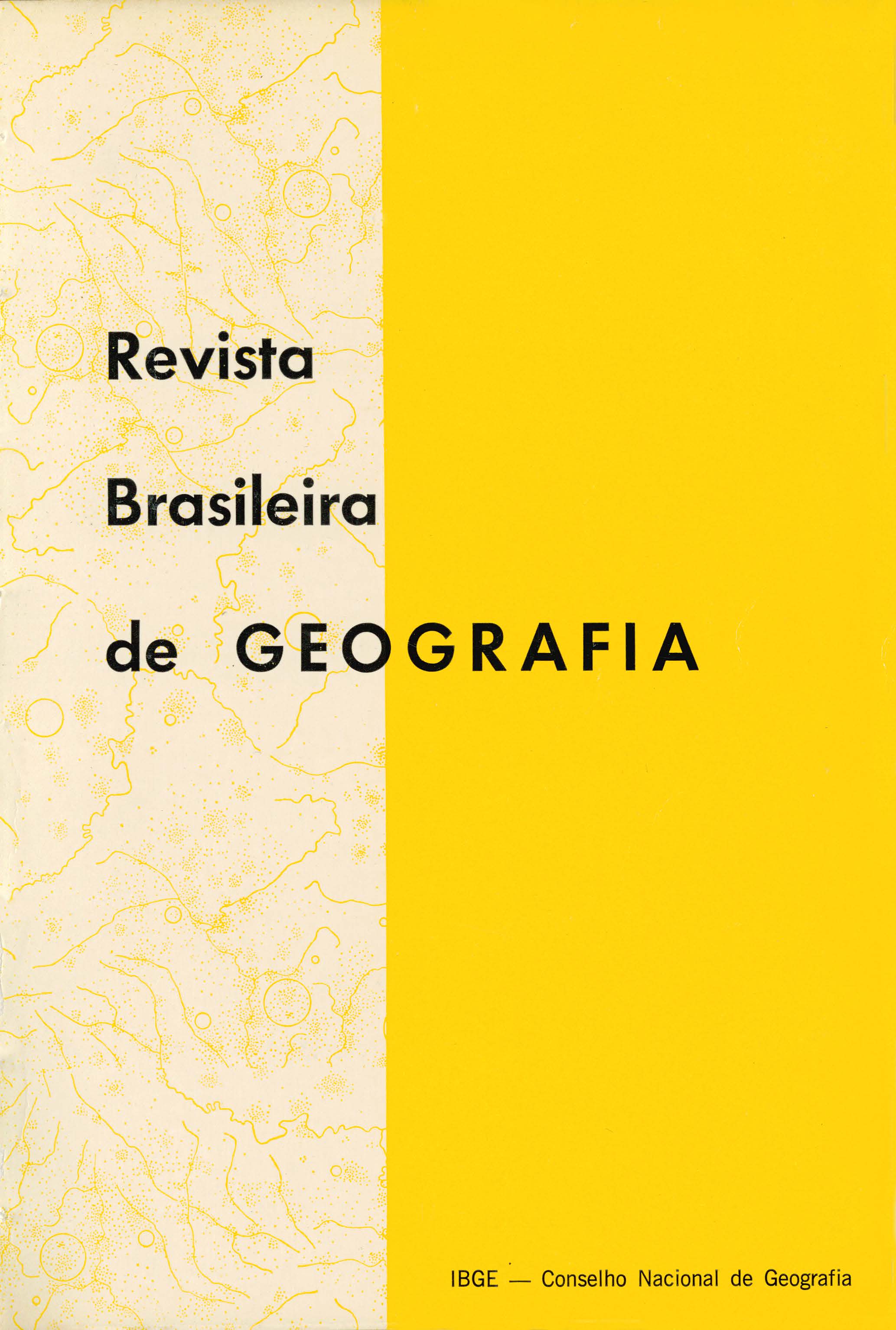Migrações internas no Brasil e suas repercussões no crescimento urbano e desenvolvimento econômico
Palavras-chave:
Desenvolvimento econômico, Crescimento urbano, MigraçãoResumo
This work analyses the relationships between the internal migrations in Brazil and the development process, with special reference to the urbanization process and to metropolization.
With this end in view, the two basic dimensions of the migrations, process are studied - one, of a horizontal spatial dimension, for which the increment and the reallocation of the migratory fluxes in the 1950 to 1970 period are given consideration, with special attention given to the structure presented in 1970, originating from the data provided by the sub-sample of the Demographic Census. The other important dimension is the vertical structural one, because of the alterations it causes in the social-economic structure of the areas of origin and destination of the migrants.
A series of analyses were carried out utilizing the Markov Chain and the matrices of "average time of the first passage" are taken as being the distances perceived by the migrant on taking his decisions. A premise of the analysis is that the migrations benefit just as much the areas of origin as those of destination inasmuch as the tendency is to migrate from areas where thes opportunities and lower income exist to places where better opportunities and revenue are offered, even if this results from a distorted perception by the bright light theory, the attraction of big cities.
One of the theories that the article attempts to verify is the one which holds that migration occurs by stages and, in bis case, what type of migrant is the one that goes directly towards the big centers, as against those that go "hopping" from the lower hierarchy to the higher hierarchy places.
On broad lines, the work therefore studied:
a) structural changes in the urban and metropolitan ambit and their relations with migrations; b) Relations of the employment and sub-employment level with the migrations;
c) The social mobility of the migrant;
d) Relations between length of time of residence of the migrant and bis levels of income, education and occupational background;
e) Relations between prior and later migrations;
f) Age-group selectivity of migrations;
g) Structural changes in the rural milieu and their relationship with migrations.
Finally, it has to be emphasized that the work does not propose more than preliminary conclusions, beyond the indication of subsequent lines of research on the subject, when the whole of the data provided b the 1970 Demographic Census will be available.






